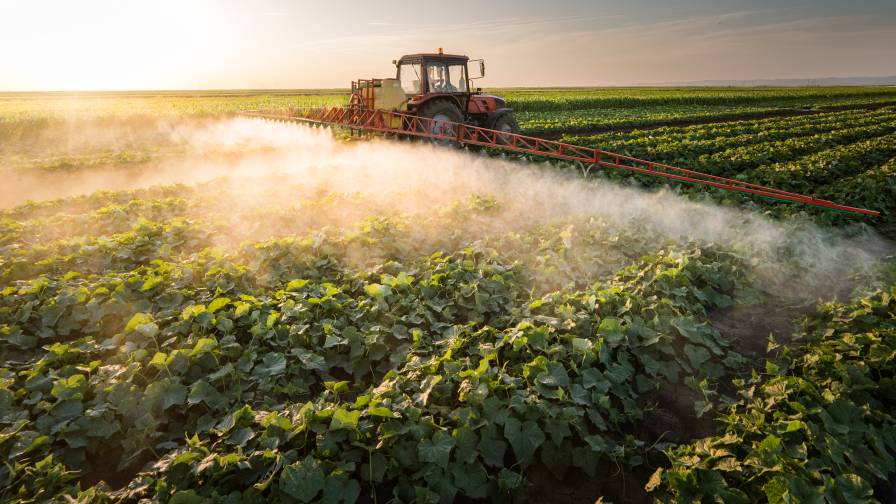Sustainable Agriculture Put Into Practice
In the past 20 years, many in the industry saw what the ag industry was becoming. The pressure to produce food and fabric for a growing population and the need to take on larger fields in order to reach an economy of scale to be profitable was driving many family-owned farms out of the business, to be replaced by large corporate landowners. This along with the general increase in our understanding of the environment and how human practices are affecting it created the growing fear that our farming practices might be helping us profit today, but were doing damage to the future of farming.
These ideas helped to give rise to the sustainable agriculture movement – one which emphasizes low-impact farming, and takes into consideration soil quality, wildlife, multiple cropping, water conservation, and other factors. The goal is to farm today in a way that will not harm the farmers of tomorrow, but there was one problem: cost. Could farmers working on small margins be convinced to spend more money, or to allow yields to drop?
However, no-till and minimum-till practices provided a way to take the first step toward more sustainable ag without hurting the farmer’s wallet – in fact, many growers found they were saving money through the practice.
In addition to limiting soil compaction, the loss of organic matter, soil degradation, damage to soil microbes, worms, and arthropods, and soil erosion, zero-till or reduced-till programs leave crop residues to decompose where they lie, helping to prevent carbon from being released into the atmosphere.
And to top it off, the farmer often realizes gains from improved soil, retention of water, and a larger presence of beneficial insects. Not to mention a happier conscience.





